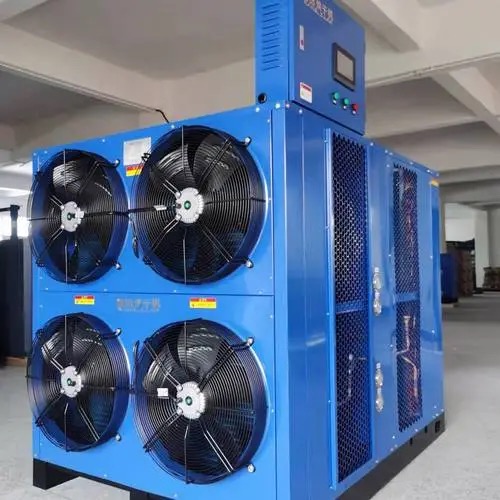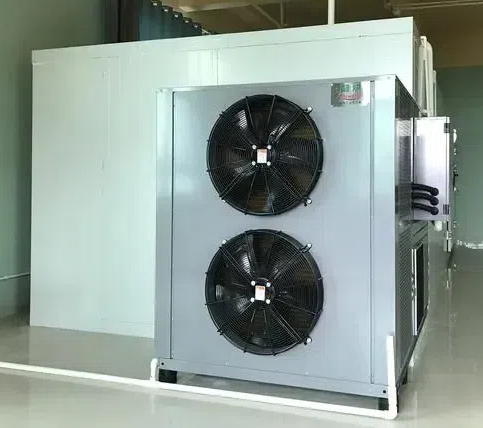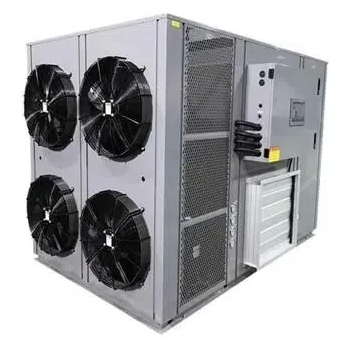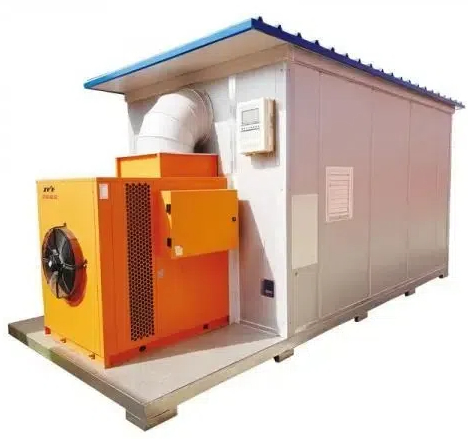
Content Menu
● Introduction
● How Heat Pump Dryers Work
● Temperature and Drying Process
● Energy Efficiency and Cost Savings
● Installation and Space Requirements
● Maintenance and Care
● Environmental Impact
● Smart Features and Modern Capabilities
● Advantages and Limitations
● Choosing the Right Heat Pump Dryer
● Conclusion
● Frequently Asked Questions
>> Q1: How hot do heat pump dryers get?
>> Q2: Do heat pump dryers take longer to dry clothes?
>> Q3: How much energy do heat pump dryers save?
>> Q4: Do heat pump dryers need to be vented outside?
>> Q5: How long do heat pump dryers last?
Introduction
Heat pump dryers represent a revolutionary advancement in laundry technology, offering an energy-efficient and environmentally friendly alternative to conventional dryers. This comprehensive guide explores how these innovative appliances work, their benefits, and what you need to know before making the switch.
How Heat Pump Dryers Work
Unlike traditional dryers that expel hot air outside, heat pump dryers operate on a closed-loop system. They use advanced heat exchange technology to remove moisture from clothes while recycling the heated air throughout the drying cycle. This innovative process not only saves energy but also protects your garments from excessive heat damage.

Temperature and Drying Process
Heat pump dryers typically operate at lower temperatures compared to conventional dryers, usually between 50°C and 55°C. This gentler approach to drying helps protect delicate fabrics while still effectively removing moisture. The process involves:
1. Air circulation through the drum
2. Moisture extraction via the heat pump
3. Heat recovery and recycling
4. Continuous temperature monitoring
Energy Efficiency and Cost Savings
One of the most significant advantages of heat pump dryers is their superior energy efficiency. These appliances can use up to 60% less energy than conventional dryers, resulting in substantial savings on utility bills over time. While the initial investment may be higher, the long-term benefits often justify the cost.
Installation and Space Requirements
Heat pump dryers offer flexible installation options since they don't require external venting. This makes them ideal for apartments, condominiums, or any space where venting isn't possible. However, they do need:
- Adequate ventilation space
- Level flooring
- Proper electrical connections
- Regular maintenance access

Maintenance and Care
To ensure optimal performance, heat pump dryers require regular maintenance:
- Clean the lint filter after each use
- Empty the water container regularly
- Clean the heat exchanger periodically
- Check and clean the condenser unit
- Monitor for any unusual sounds or performance issues
Environmental Impact
Heat pump dryers contribute to environmental sustainability through:
- Reduced energy consumption
- Lower carbon emissions
- No external venting required
- Gentler treatment of fabrics, extending clothing lifespan
- Water conservation through condensation collection
Smart Features and Modern Capabilities
Modern heat pump dryers come equipped with various smart features:
- Multiple drying programs
- Moisture sensors
- Smart connectivity
- Energy monitoring
- Delayed start options
- Wrinkle prevention cycles
Advantages and Limitations
Advantages:
- Superior energy efficiency
- Gentle on clothes
- No external venting needed
- Lower operating temperatures
- Reduced utility costs
Limitations:
- Higher initial cost
- Longer drying times
- Regular maintenance requirements
- Larger upfront investment
Choosing the Right Heat Pump Dryer
Consider these factors when selecting a heat pump dryer:
- Capacity requirements
- Available space
- Budget constraints
- Energy efficiency ratings
- Brand reputation
- Warranty coverage
- Additional features
Conclusion
Heat pump dryers represent the future of laundry technology, offering an efficient, environmentally friendly solution for modern households. While they require a higher initial investment, the long-term benefits in energy savings, fabric care, and environmental impact make them an excellent choice for environmentally conscious consumers.

Frequently Asked Questions
Q1: How hot do heat pump dryers get?
A: Heat pump dryers typically operate at temperatures between 50°C and 55°C, which is lower than conventional dryers that can reach up to 80°C.
Q2: Do heat pump dryers take longer to dry clothes?
A: Yes, heat pump dryers generally take 30-60 minutes longer than conventional dryers due to their lower operating temperatures and energy-efficient design.
Q3: How much energy do heat pump dryers save?
A: Heat pump dryers can save up to 60% of the energy used by conventional dryers, resulting in significant reductions in electricity bills.
Q4: Do heat pump dryers need to be vented outside?
A: No, heat pump dryers do not require external venting as they operate on a closed-loop system that condenses and collects moisture.
Q5: How long do heat pump dryers last?
A: With proper maintenance, heat pump dryers can last 10-15 years, often outlasting conventional dryers due to their gentler operation and advanced technology.












